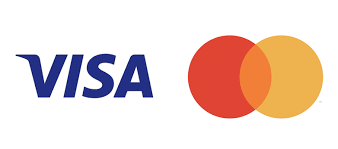How To Compare Rewards Credit Cards
- vealboozer
- Nov 29, 2023
- 2 min read

Annual fees. Not all rewards credit cards have joker card balance annual fees, but a lot of the more lucrative ones do. So before you sign up, it’s important to weigh the cost of any annual fee against the value of the rewards you expect to collect over the course of the year. Paying an annual fee of several hundred dollars, as some high-end cards charge, could easily offset your rewards unless you're a big spender.
Interest rates. Many rewards cards offer a promotional 0% APR for the first year. But after that, unless you pay your balance in full each month, you'll be subject to interest charges. Interest rates on rewards cards can be steep—often 15% to 20% or higher—and they can add up quickly if you keep running a balance. So, like a stiff annual fee, interest charges can outweigh any rewards you earn from your card.
Tiered vs. fixed rewards. Some cards have tiered rewards structures, while others are fixed. Tiered cards offer different levels of rewards for different kinds of purchases. For example, a tiered card might offer 3 points for every dollar you spend on gasoline, but only 1 point per dollar on groceries. Fixed cards, on the other hand, pay the same level of rewards regardless of where you use them. For example, a fixed rewards card might offer 1% or 1.5% cashback on all purchases.
Cashback spending caps. Many of the cards that offer cashback rewards put caps on how much you can earn in their most lucrative spending categories. For example, a card might pay 3% cashback on the first $1,500 you spend on groceries each quarter, but just 1% on any additional spending in that category until the next quarter begins.



コメント